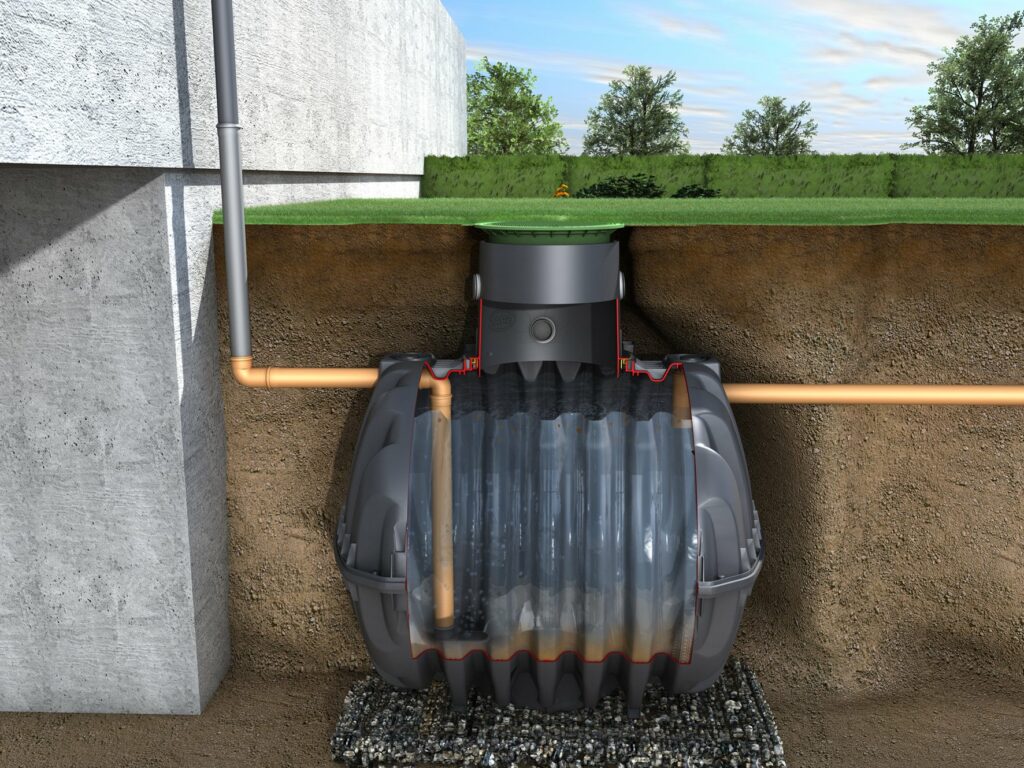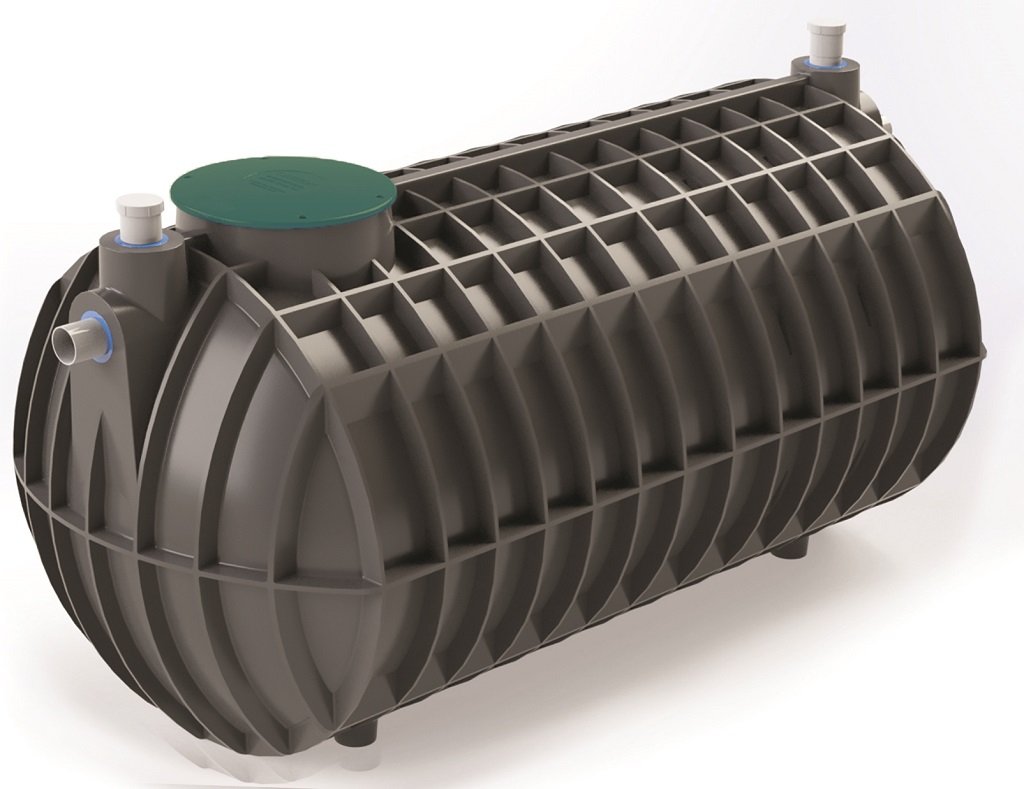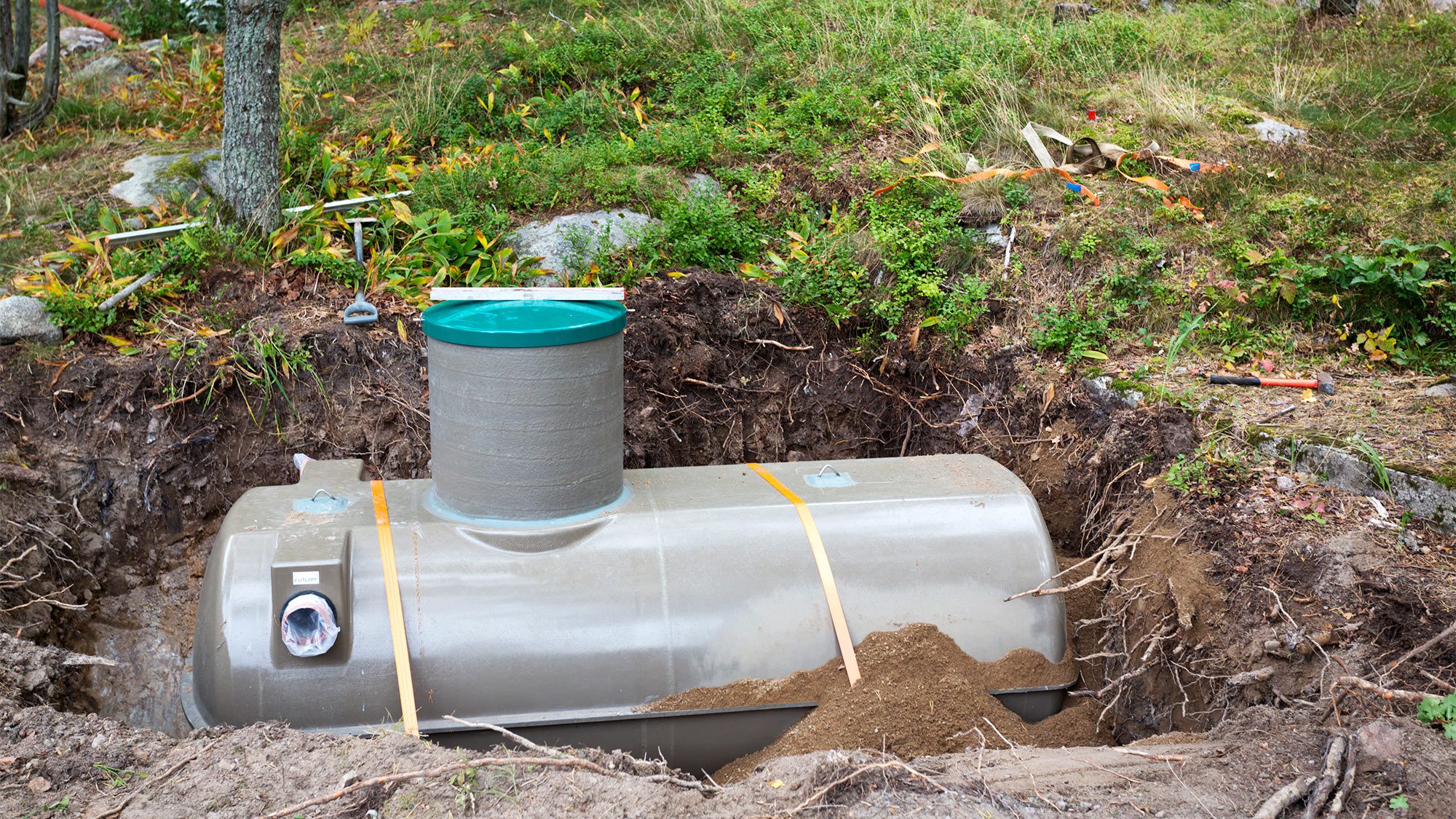If you’ve always lived in a house that’s been connected to the mains sewage line, chances are you have never heard of a septic tank let alone knowing what a septic tank is. On the other hand, there are some people who know what a septic tank is and are intimidated by the idea of a septic tank, thinking it might be difficult to repair and expensive to maintain. By reading this blog in Linquip, you will find the answer to the question “what is a septic tank and how does it work?”. So, read on to find out more.
What Is A Septic Tank?
Septic systems are underground wastewater treatment structures, commonly used in rural areas without centralized sewer systems. They use a combination of nature and proven technology to treat wastewater from household plumbing produced by bathrooms, kitchen drains, and laundry.
A typical septic system consists of a septic tank and a drain field, or soil absorption field. A septic tank is an underwater sedimentation tank used for wastewater treatment through the process of biological decomposition and drainage. A septic tank has a simple design, mostly rectangular or round, made of fiberglass, plastic, polyethylene, or concrete.
The septic tank digests organic matter and separates floatable matter (e.g., oils and grease) and solids from the wastewater. Soil-based systems discharge the liquid (known as effluent) from the septic tank into a series of perforated pipes buried in a leach field, chambers, or other special units designed to slowly release the effluent into the soil.
Septic tanks come in various sizes to suit different homes. They generally hold between 1,000 and 1,500 gallons.
How Does A Septic Tank Work?
A septic tank is designed to settle and retain the waste solids produced from a property. This is usually achieved with a number of chambers within the tank and the use of T pipes or baffles. A septic tank should only need emptying when the solids levels have built up within the tank. The settled liquid then drains away through the soakaway or drainage field. The drainage field is designed to treat the waste effluent by the action of naturally occurring bacteria. Anaerobic bacteria begin breaking down the organic material in the effluent. For this process to work successfully, the septic tank must be working efficiently and the subsoil is free draining. Then a layer of sludge composed of inorganic solids and the byproducts of bacterial digestion falls to the bottom. While a layer of scum, primarily composed of fats, greases and oils floats to the top. The septic tank acts like a settling pond. Greases and oils float to the top. Heavier solids sink to the bottom. Then there is a filter that prevents most solids from entering the outlet pipe. Effluent flows to the drain field. The drain septic field provides a large area where bacteria can thrive and treated water can seep into the ground. Holes in the drain septic field pipe allow effluent to seep into surrounding gravel. Gravel around pipes allows water to flow into soil and oxygen to reach bacteria. Aerobic bacteria in gravel and soil complete the decomposition of the waste. This is when clean water seeps down into the groundwater and aquifer.
Septic Tank Maintenance Tips
- Be careful of what you send through the system. Paint, chemicals, kitty litter, coffee grounds, “disposable” wipes, diapers, and feminine products should never be sent down the drain because these could clog the septic system.
- Avoid using any additives in the system. One of the most common maintenance mistakes is to add chemical and biological additives. There are plenty of flushable tablets that claim to help your septic system work by speeding up the breakdown process or adding additional bacteria. You will like to deal with septic system failure with these chemicals. These can upset the delicate natural balance in your tank.
- Never park or drive over the drain field, as the weight of the vehicle could damage the pipes.
- It’s not just the tank you need to be wary of during routine septic tank maintenance; the drain field is just as important. You shouldn’t build in the area or plant anything with deep roots.
- Be careful when planting bushes or trees near the drain field. Some water-loving species, such as weeping willows, can send roots into the drain field, outlet pipes, or even the septic tank itself.
- Get the tank pumped out every two or three years, on average, by a professional septic service. Typically, the professional will also conduct a visual inspection of the component at the same time.
- At the first sign of potential failure call in a professional! The sooner you call, the cheaper a fix might be.
So, this was our complete answer to the question “what is a septic tank and how does it work”. If you enjoy this article, let us know what you think by leaving a reply in the comment section. We will be more than glad to have your viewpoint on the article. Is there any question we can help you with? Feel free to sign up on Linquip where our experts are prepared to provide you with the most professional advice.
Buy Equipment or Ask for a Service
By using Linquip RFQ Service, you can expect to receive quotations from various suppliers across multiple industries and regions.
Click Here to Request a Quotation From Suppliers and Service Providers
Read More on Linquip






